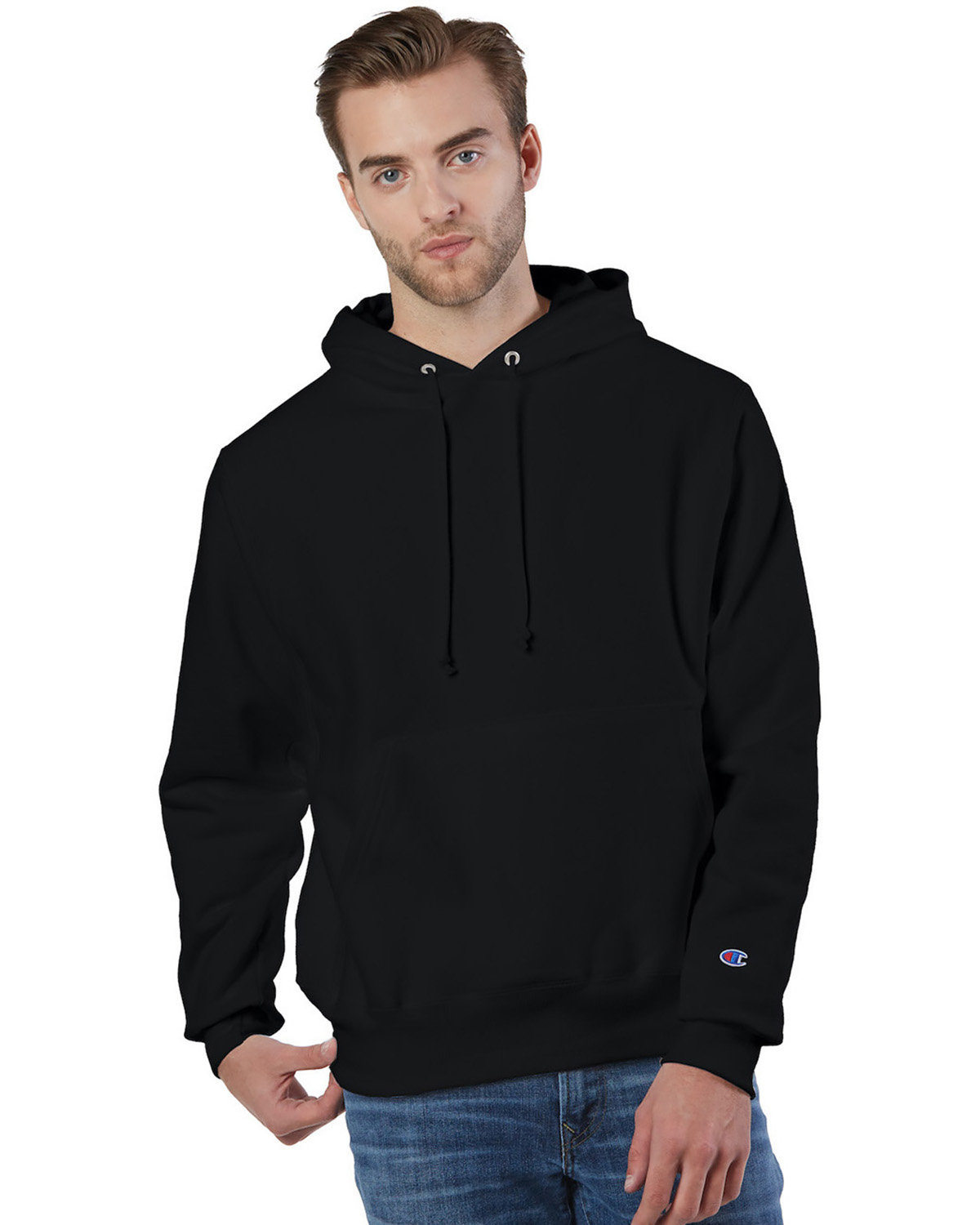Sweatshirts are long-sleeved shirts that are typically made of thick cotton cloth. They are generally used for casual wear but aren't as formal as sweaters or cardigans. They may not have an or hood. If you're interested in purchasing a sweatshirt here are some suggestions:
The appeal of Norma Kamali was spread by the use of sweatshirts
Since the late 1970s, Norma Kamali has been transforming the simple sweatshirt into an art form. Her designs have become a staple in almost all women's wardrobes. Her distinct designs include a tummy-tucking crew neck to leather-paneled sweatshirts. She has also created clothing in unusual designs, like an oversized tank top that has a long trumpet skirt.
A partnership between the designer and the sweatshirt maker Everlast led to her Timeless collection, which was an instant hit when it was featured in Spiegel's spring 2006 catalog. The collection offered knits that could be interchangeable or convertible in classic silhouettes and many of the items were priced below $20. Even even if Norma Kamali's Timeless collection was not sold in stores, customers were able to find the pieces for sale on eBay or Poshmark.
Merino wool sweatshirts feel more comfortable than soft sweatshirts
Merino wool is renowned for its ability to remove moisture, which helps to keep you comfortable and dry. This is a naturally-occurring fibre that has a softer feel. The fabric also dries quickly compared to other natural substances. In sweat shirts , it is a renewable resource. Merino sheep shed their coats every year , and then grow new coats.

Merino's weight-to-heat ratio is high, and the warmth of wool makes it an ideal material for sweatshirts. It helps to regulate body temperature due to its loft which naturally traps heat between the fibers. This is why Merino wool sweaters are great for summer as well as outdoor activities like hiking, mountain biking and running. The warmth it provides helps keep the wearer cool and dry, which is important when exercising.
Zip-front hoodies come with kangaroo pockets.
Kangaroo pocket Hoodies are a well-loved style of hoodie. These hoodies have a large pocket on the front, that will keep your hands warm on chilly days. They're additionally more practical than conventional pockets because they permit your hands to slide in and out effortlessly.
Kangaroo pockets are usually large enough to hold a wallet or some other small personal items. They're usually big enough to hold one hand in a smaller size or even sufficient to hold two hands. sweat shirt feature wide openings on either side , and are ideal for carrying small items.
French terry fabric is a well-loved fabric for sweatshirts
The French Terry fabric is constructed of soft yarns knit into loops and is typically midweight. It is also known because of its capacity to absorb away moisture and is pre-shrunk. French Terry is an excellent option for sweatshirts as it will keep you warm when you're in need and also keeps you cool when you need to cool down.
French Terry is also a popular choice for casual wear, as it has enough stretch and flexibility to feel good on your skin. It also allows air to circulate throughout the fabric, which makes it ideal for layering under other clothing. In addition, because it is lighter than other sweatshirts, you can wear it throughout the year without feeling too either cold or hot.
Hoodies are classy and have a connotation of class.
Although it might appear that hoodies are just an appropriate attire item for people of the working class but the truth is that they carry classist connotations. The hooded clothing was first popularized in the early 1970s in New York, where graffiti artists would wear them to conceal their identities. In 1976, hoodies made their major film debut in "Rocky," when the working-class title character wore grey sweats with hoods during his memorable climb up the steps of the Philadelphia Museum of Art.
Hoodies are frequently associated with destruction, death, and other undesirable items, yet they can also be used for practical reasons. For instance, priests and monks may wear hoods to show the proper manner of dress and to focus on their inner self.
